Solo Cabin Retreats That Aren't Creepy: Peace, Privacy, and the Perfect Escape
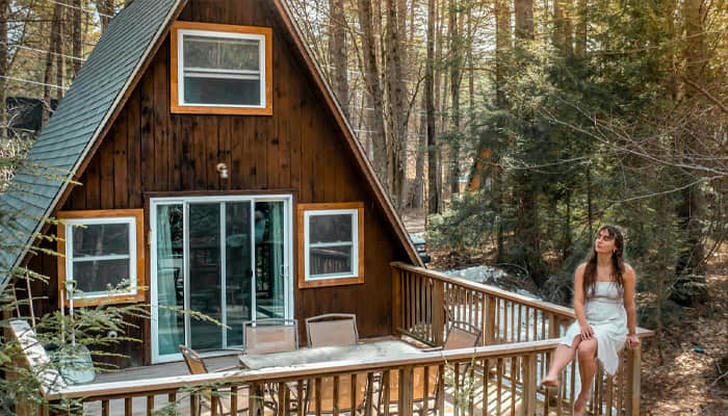
Thinking about booking a solo cabin getaway---but the idea of being alone in the woods gives you the creeps? You're not alone. A peaceful cabin retreat sounds dreamy in theory: cozy fireplace, scenic views, a weekend away from responsibilities. But when the sun sets and you're hearing unfamiliar animal sounds outside your window? Suddenly it's giving "horror movie opening scene."
Don't worry. Solo cabin travel can be relaxing, safe, and empowering---if you choose the right kind of retreat. Whether you're a burned-out remote worker, a creative in need of a reset, or someone just craving silence, here's how to find the kind of solo cabin that soothes your soul---not spikes your heart rate.
1. Go Secluded, But Not Too Secluded
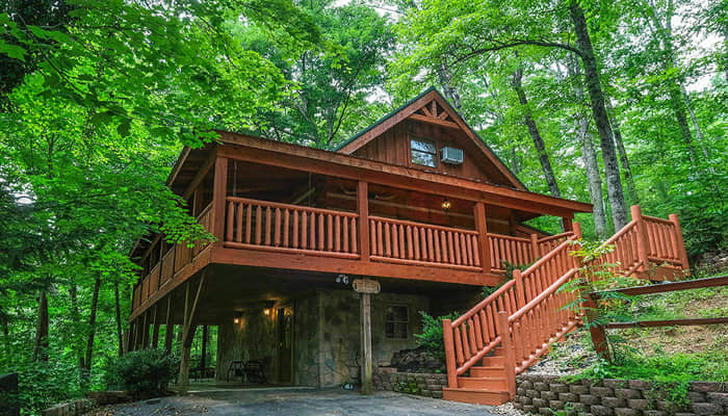
Sure, you want peace and quiet---but there's a fine line between "peaceful nature retreat" and "my phone has no signal and I haven't seen another human in 36 hours."
Look for cabins that feel remote but are within 10-20 minutes of a small town. That way, if you need groceries, Wi-Fi, or just a confidence boost in the form of seeing a gas station open at night, it's there. Bonus points if the host provides detailed directions and emergency contacts before check-in.
Tip: Use satellite view on Google Maps to see exactly how isolated the cabin is before booking.
2. Pick a Place With Intentional Design
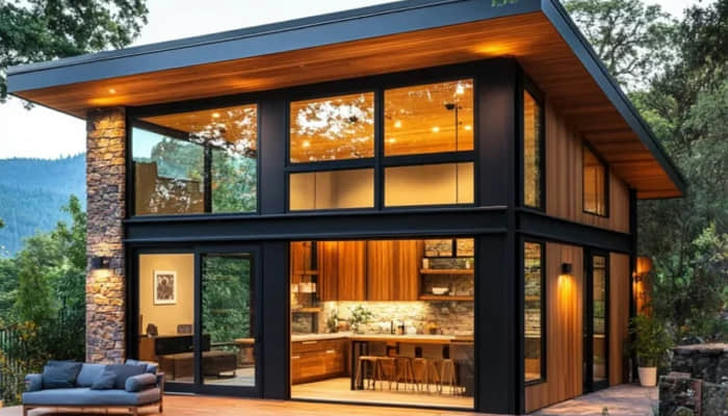
A well-lit, thoughtfully decorated cabin can make all the difference. If the listing photos scream "dark basement vibes" or "1970s hunting lodge," skip it. You're not looking for the Blair Witch Project.
Instead, search for keywords like:
"Modern rustic"
"Scandinavian design"
"Bright and airy"
"Minimalist retreat"
Natural light, clean interiors, and cozy touches (like a record player or indoor plants) go a long way in making a solo stay feel safe and inviting.
3. Prioritize Safety Features
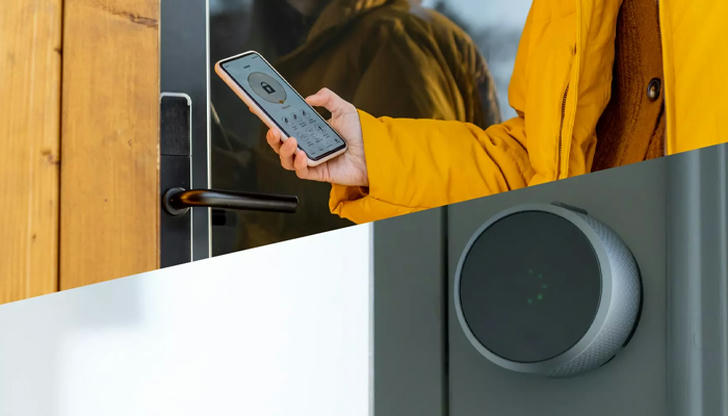
Before you click "Book Now," check if the cabin offers:
A lockbox or keypad entry (so no creepy key exchanges)
Well-lit outdoor spaces (especially the porch and driveway)
Curtains or blinds for privacy
Working smoke/CO detectors
Clear emergency contact info in the welcome guide
If this info isn't on the listing, don't be afraid to message the host. A good host won't mind reassuring you---especially if they know you're traveling solo.
4. Look for Cabins With Solo Guests in Mind
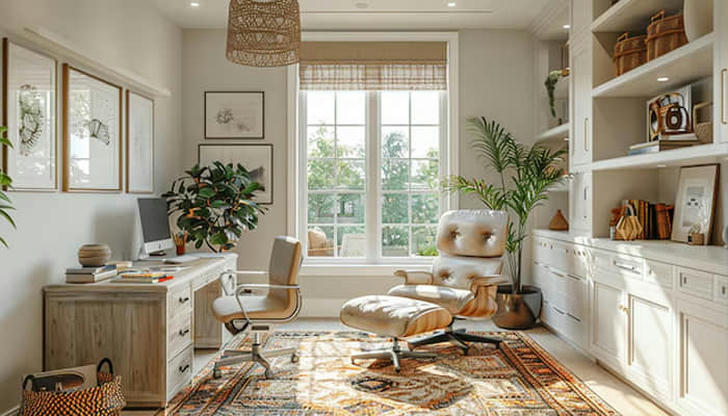
Some cabins are built with couples in mind---romantic hot tubs, king-sized beds, and nothing but the sound of your thoughts echoing in the silence. That's not always ideal for solo travelers.
Instead, try to find listings that mention:
Writing desks or creative spaces
Meditation nooks or yoga mats
Built-in bookshelves with curated reads
Fast Wi-Fi and cozy reading chairs
Small kitchen setups for one
These are the cabins designed for solo comfort and reflection, not just romance.
5. Book Experiences, Not Just Lodging

What will you do while you're there? To avoid the "now what?" moment after unpacking your bag, look for cabins near:
Easy hiking trails or nature walks
Lakes or rivers for kayaking or journaling by the water
Small towns with coffee shops, bookstores, or farmer's markets
Wineries, art galleries, or hot springs within 30-60 minutes
Even better? Some hosts offer in-cabin experiences like firewood bundles, breakfast baskets, or guided nature walks. Solo travel doesn't have to mean zero interaction---it just means you choose the level of engagement.
6. Read the Reviews---Especially from Other Solo Travelers
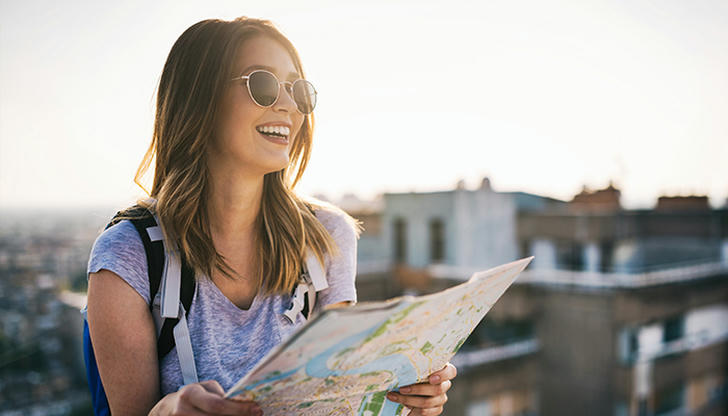
When scanning reviews, use Control + F and search terms like "solo" or "alone." This can help you spot other people who've stayed by themselves and see how they felt.
Did they say "peaceful and empowering" or "a bit too remote"? That's your clue.
Also, check if reviewers mention nearby noise, wildlife, or sketchy roads at night. These details matter more when you don't have backup.
7. Pack for Comfort (and Confidence)
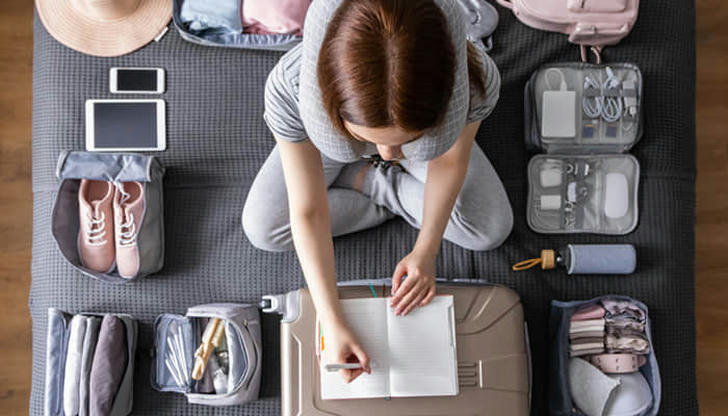
A few essentials that help make solo stays more relaxing:
Portable power bank (in case of outages)
Headlamp or flashlight (for evening walks or power issues)
A book you can get lost in
A personal safety app with check-in reminders
Comfort food or snacks---because yes, you can eat mac and cheese in a cabin alone and call it self-care
And finally, bring a journal or camera. You may be surprised what solo silence brings out---ideas, emotions, stories. Some travelers even describe their solo cabin trip as "better than therapy."
Final Thoughts: You Deserve the Reset
Choosing a solo cabin retreat isn't about being antisocial or weird---it's about reclaiming quiet. It's about disconnecting from all the noise and reconnecting with your own rhythms. And with the right cabin, you won't feel scared or alone---you'll feel centered.
So go ahead, light that fire, brew some tea, and finally start that book---or nap---you've been putting off. The woods are calling, and it's not creepy. It's cozy.
